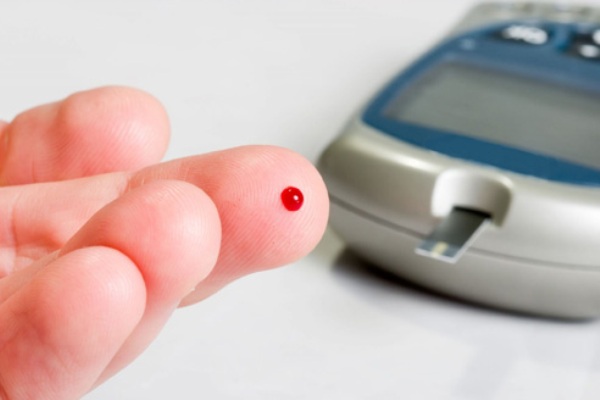
Overview
Those who are suffering from diabetes know very well that it is more a menace, a silent killer than a mere disease. The more irritating fact about this disease is that people with extremely higher level of glucose in their blood might also suffer from sudden drop in blood sugar level. This can lead to dizziness, vomiting and fainting. Thus, neither is high blood pressure good nor is low blood sugar. While in the former case there is a permanent damage of the various vital organs of the body like liver, heart, kidney, blindness, etc., low blood sugar can be equally dangerous and may lead to emergency situations.
Therefore, it is a crucial duty of those who are diabetic to monitor their blood sugar level every day. More apt will be if it can be monitored at regular intervals throughout the day. But, when seeking medical tests and pathological examinations is not a feasible solution in cases of such frequent diagnosis throughout the day, DIY steps come in great utility.
Things to watch out for
1. Consult a diabetogolist if you see that your level of glucose in blood remains at an elevated level or stays below the normal level for a prolonged time even after you follow prescribed medication on a regimented way. Your medicine might require some adjustments and alterations.
2. Always check for the expiry date of the instruments, like testing strips, etc. you are going to employ in examining your blood sugar level.
3. Every time you check your blood sugar level, you must jot it down on a separate note book which is maintained as your blood sugar monitor logbook. This will help you trace out the progress of your health conditions and you can plan your further steps on that basis.
4. While planning to test your blood sugar level yourself, never prick the toes or the tips of your fingers for collecting blood sample. It will be painful. Rather, prick the sides of the fingers.
DIY steps
In order to test for blood sugar you need to collect blood sample and get hold of a blood glucose monitor. Some monitors are portable and compact but have smaller test strips, while other are bulky but come with easy to handle test strips. All you need to do is to consult your doctor on this matter.
1. Monitoring blood sugar in fasting state
Wash your hands with soap and pat them dry. Now, open the container and take out a testing strip. Replace the lid of the container immediately to prevent damage of the other strips inside the container. Get hold of the meter and insert the testing strip inside it. Take the special needle for collecting blood sample and prick the side of any of your finger. Hold the needle till a drop of blood is formed on the finger.
Next, touch the test strip in such a way that only the drop of blood is dropped over the strip. Never touch the test strip with any other part of your body. Once done, wait for few seconds and you will see reading popping up in the display screen of the monitor. Remember to stay in fasting when you do this test and never consume anything other than plain water.
2. Monitoring post meal blood glucose level
Before you start the test ensure that you have completed your usual lunch, which must comprise of 60 to 70 grams of fast acting carbohydrate, like boiled potato, wheat, cooked white rice, etc. Avoid fats in your meal as they hamper with the working of carbohydrate and delay their time of action. Wait for an hour after your meal. Now, bring in the blood sugar monitor and again take out a strip from the container of the testing strips. Prick at any of the sides of any of your fingers with the sterilized medical needle.
Hold the needle against your finger and keep it pricked until a drop of blood is formed. As the drop forms, put it carefully over the strip but avoid touching this test strip directly at all in the process. Now, insert this test strip into the blood sugar monitor and wait for a few seconds. After the specified time, the monitor will display your blood sugar in post meal stage. Jot it down on a record book.
Follow the same method and monitor your blood sugar again when two hours have passed after you have completed your meal. Plot the reading again. Repeat the same procedure and take a reading of your blood sugar level three hours after your meal. Note the reading again on the record book. Now, take an average of all three readings and keep a margin of 10% plus minus on it to get your actual reading.




